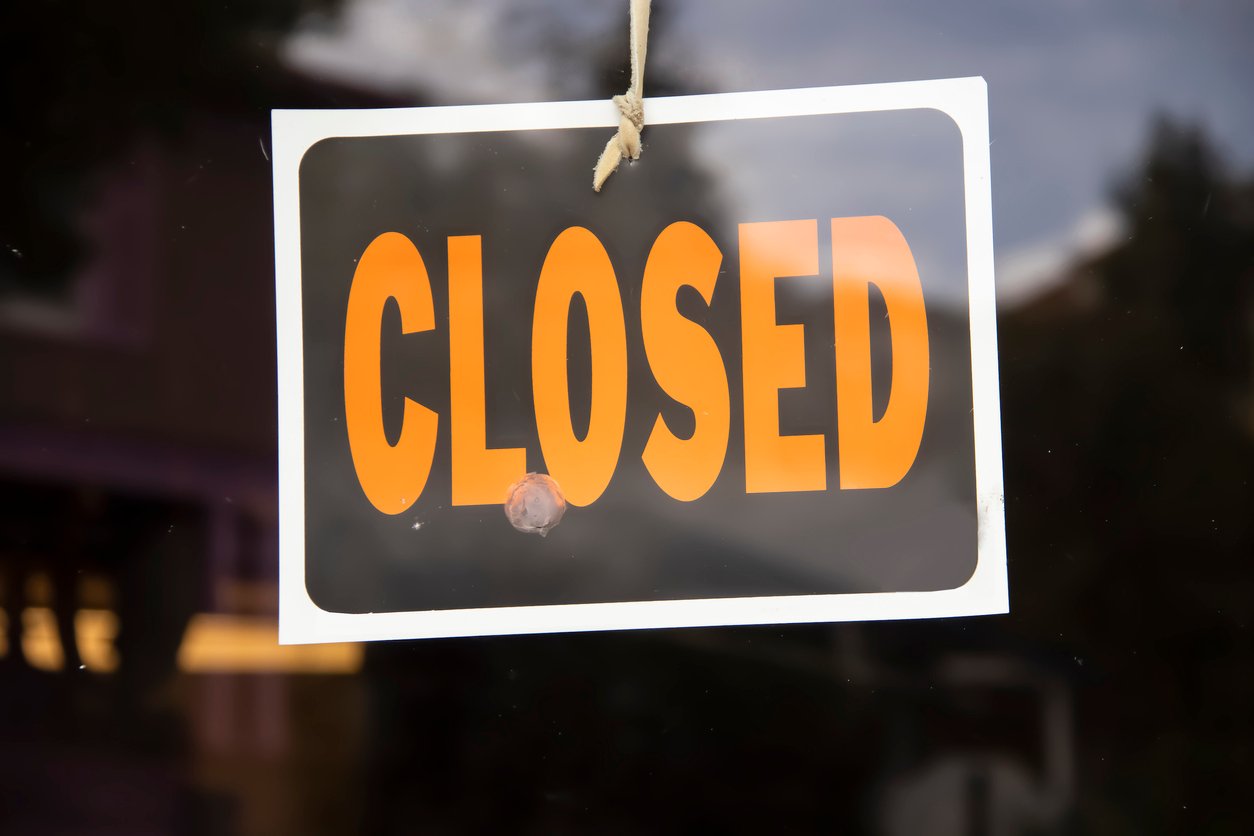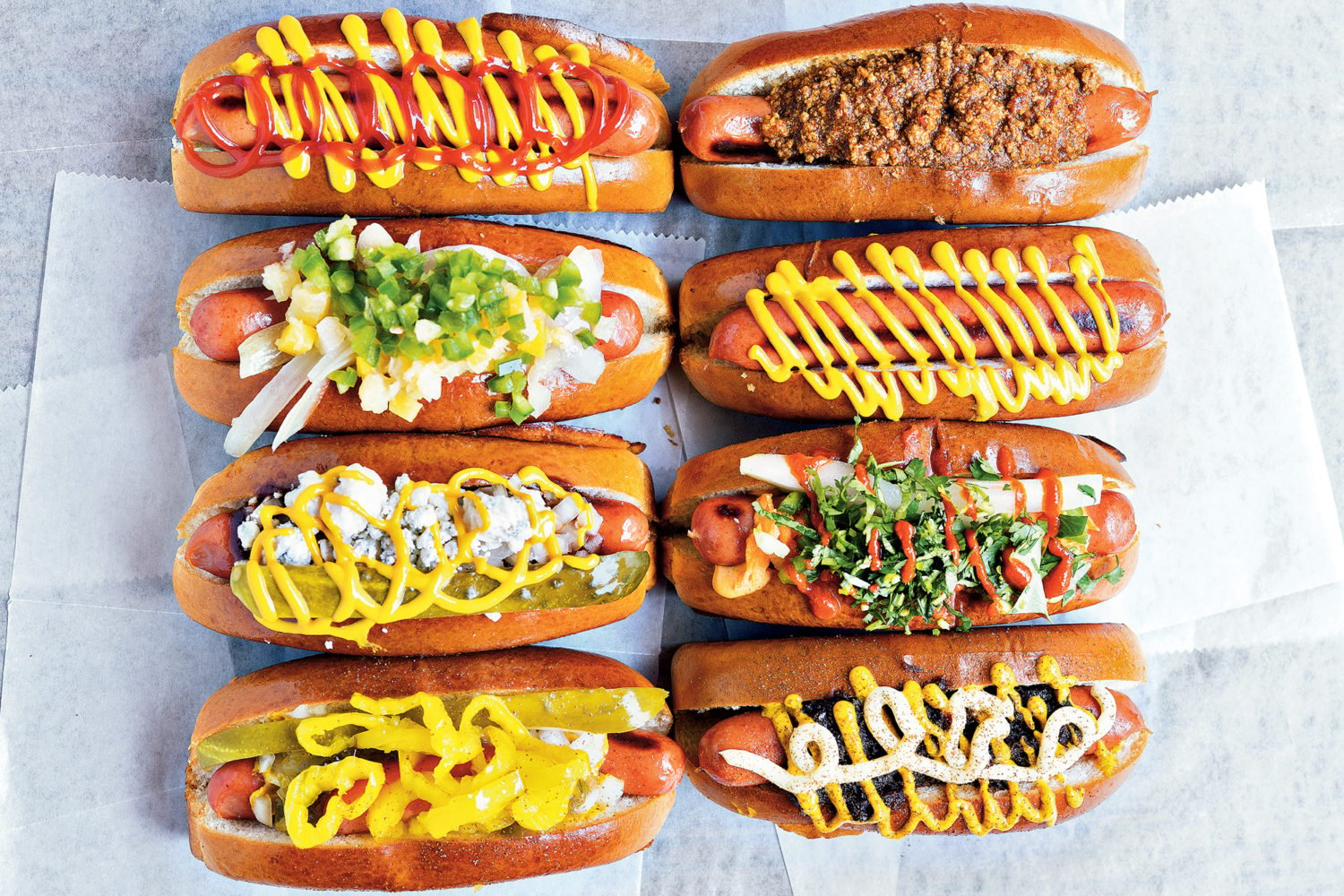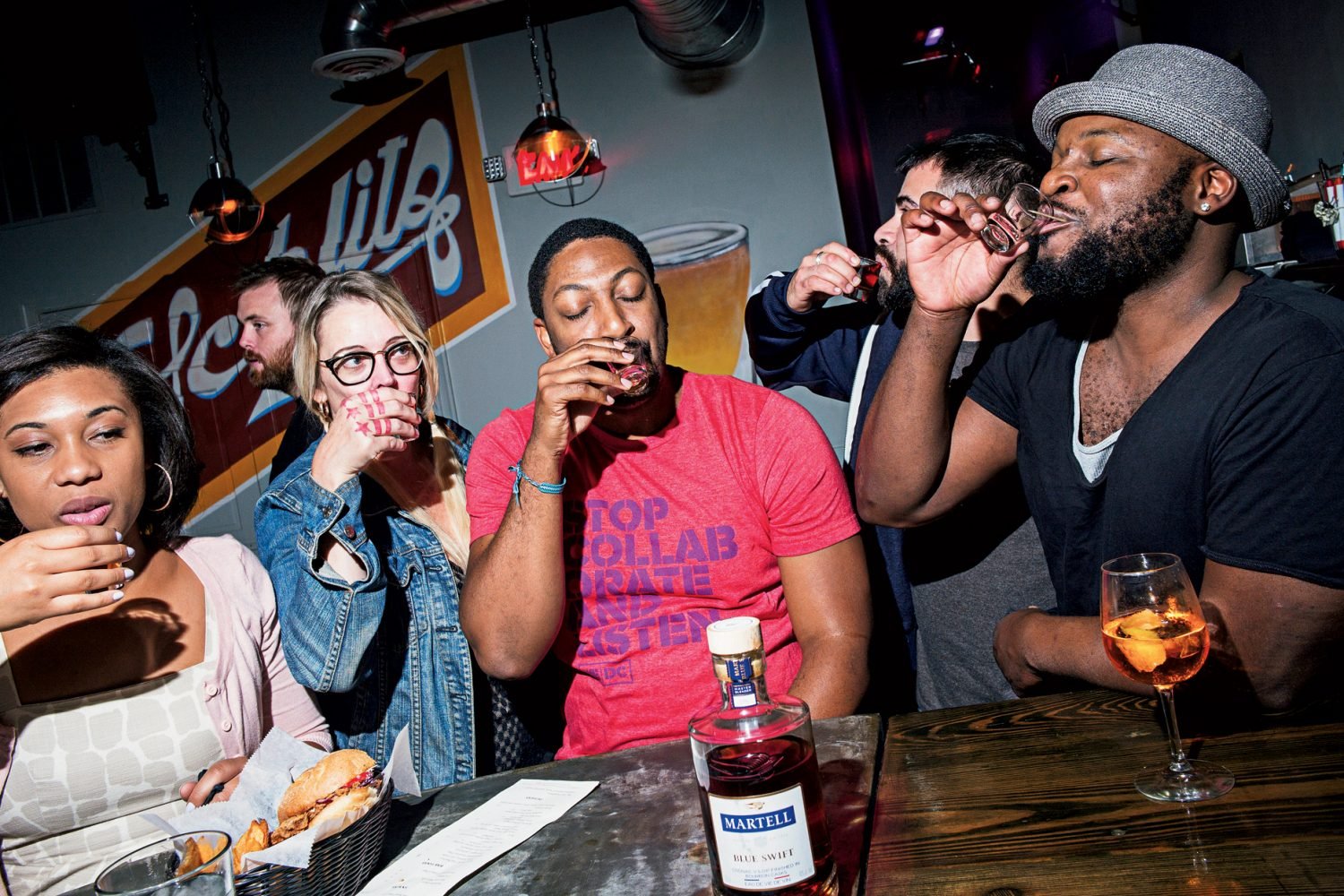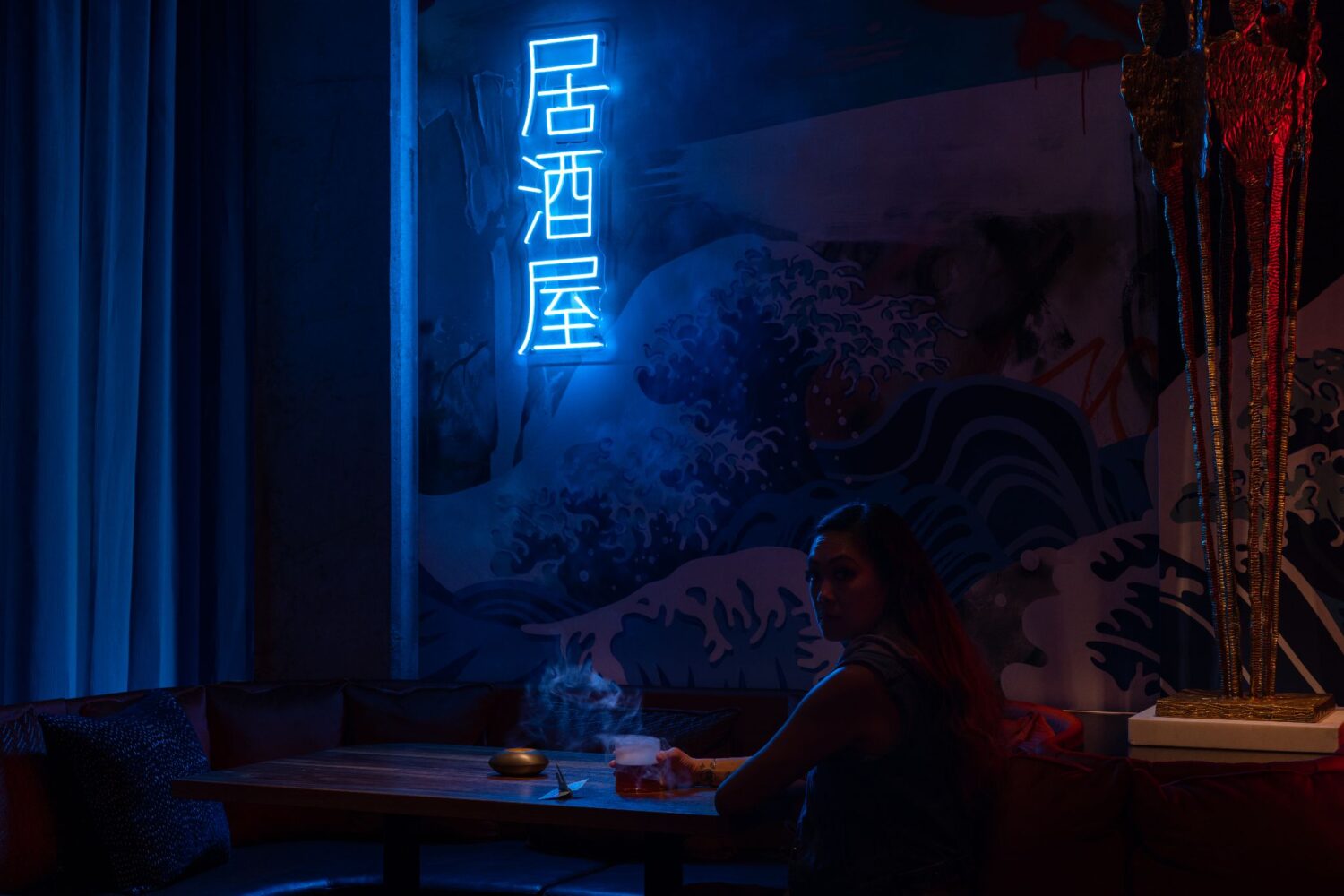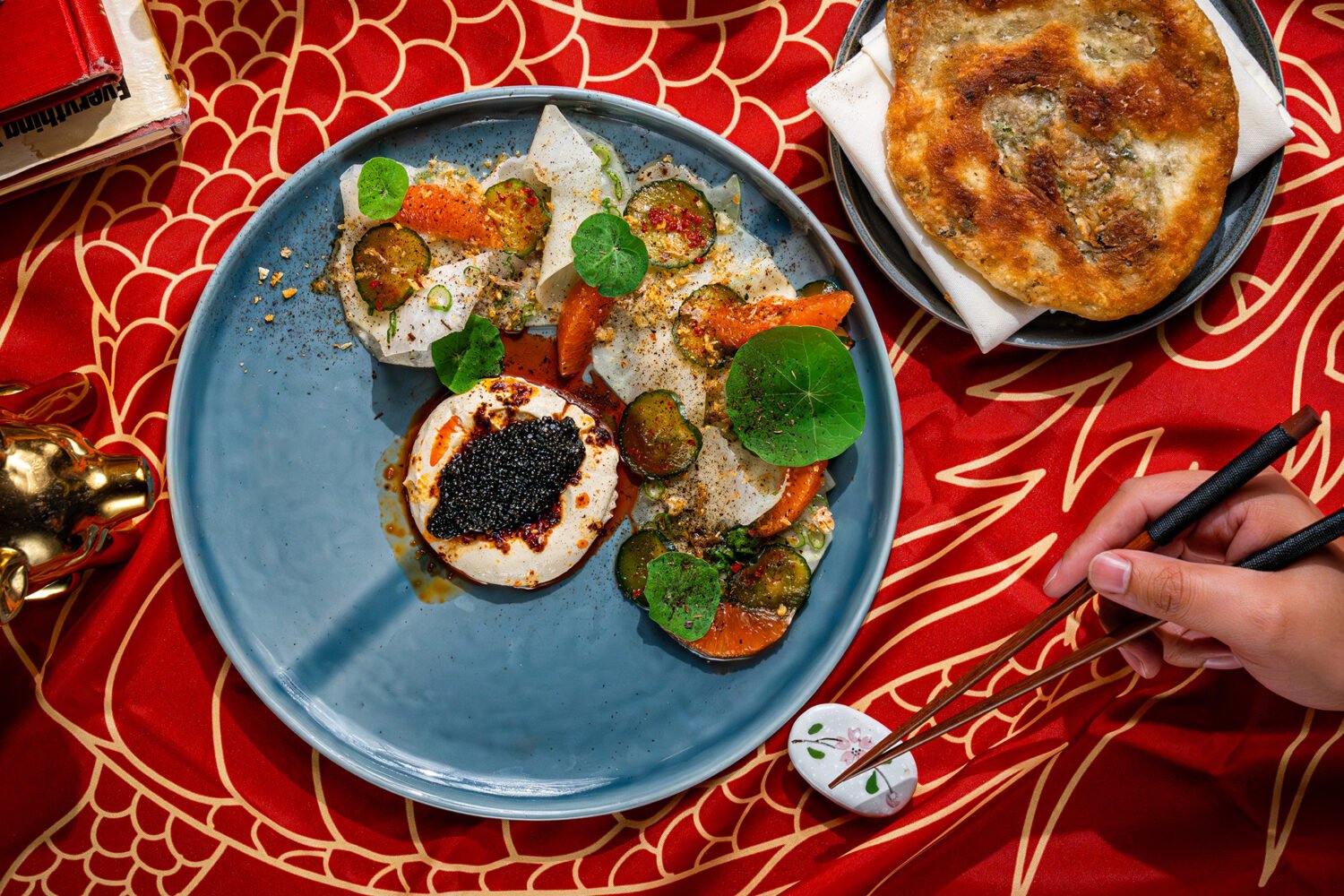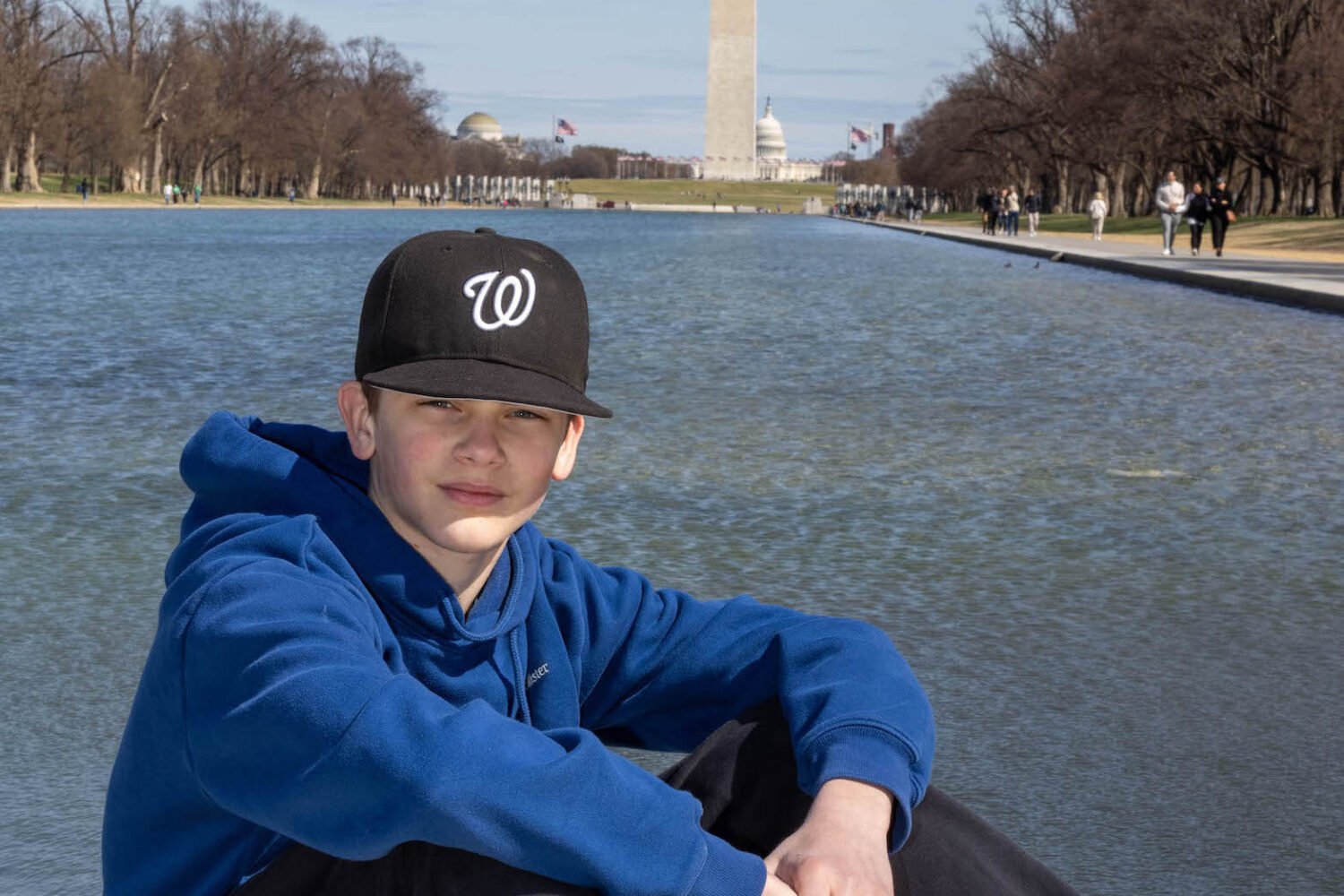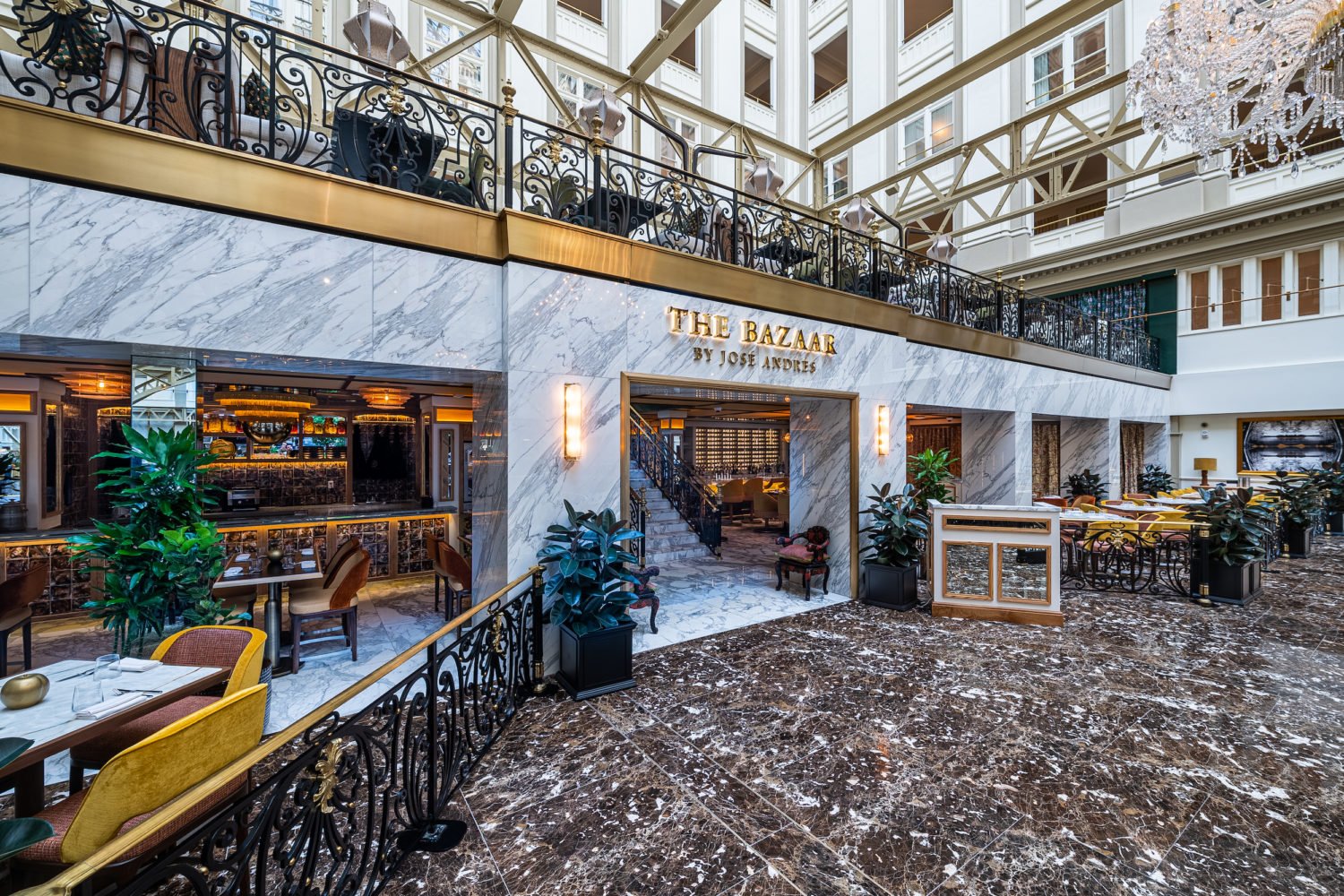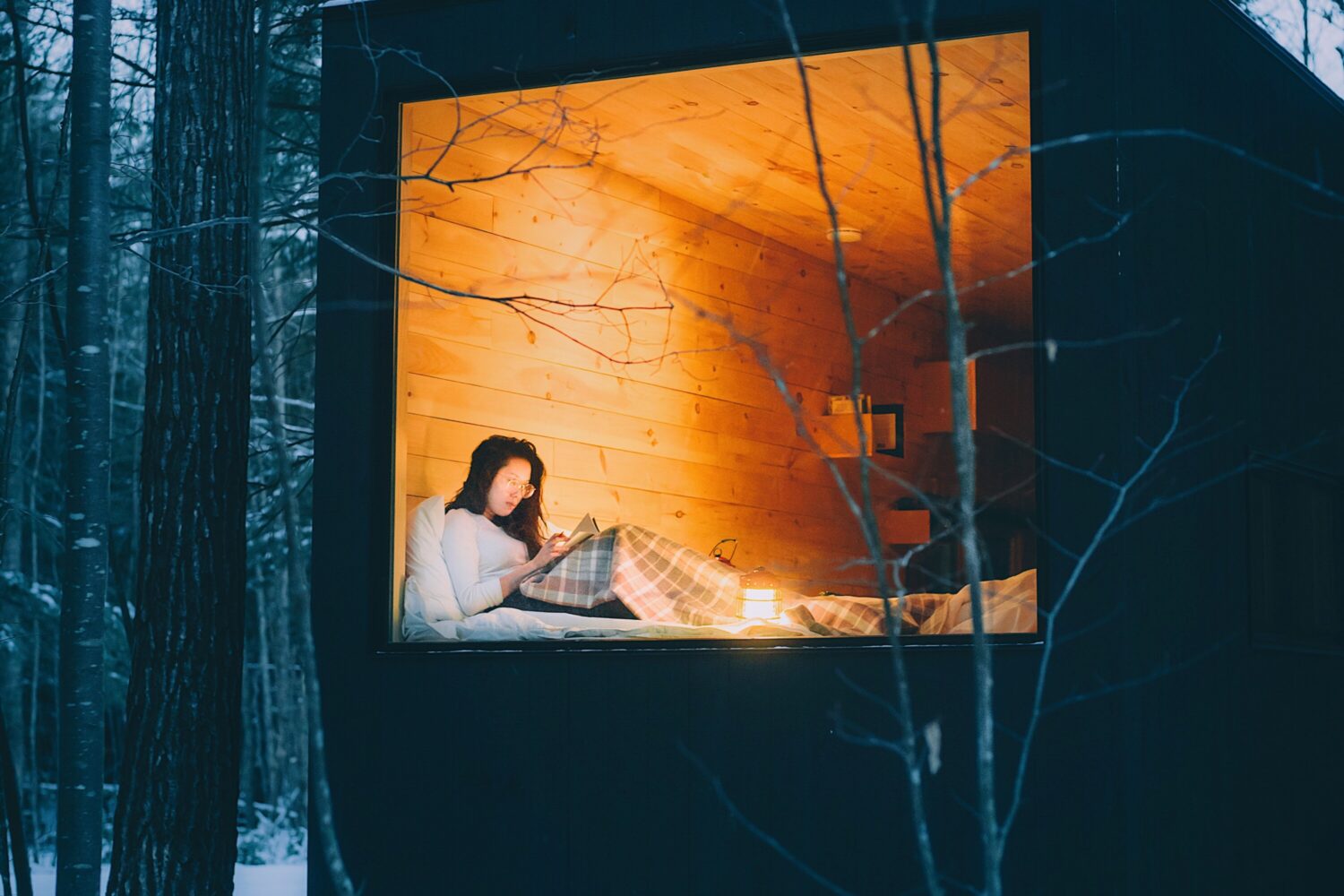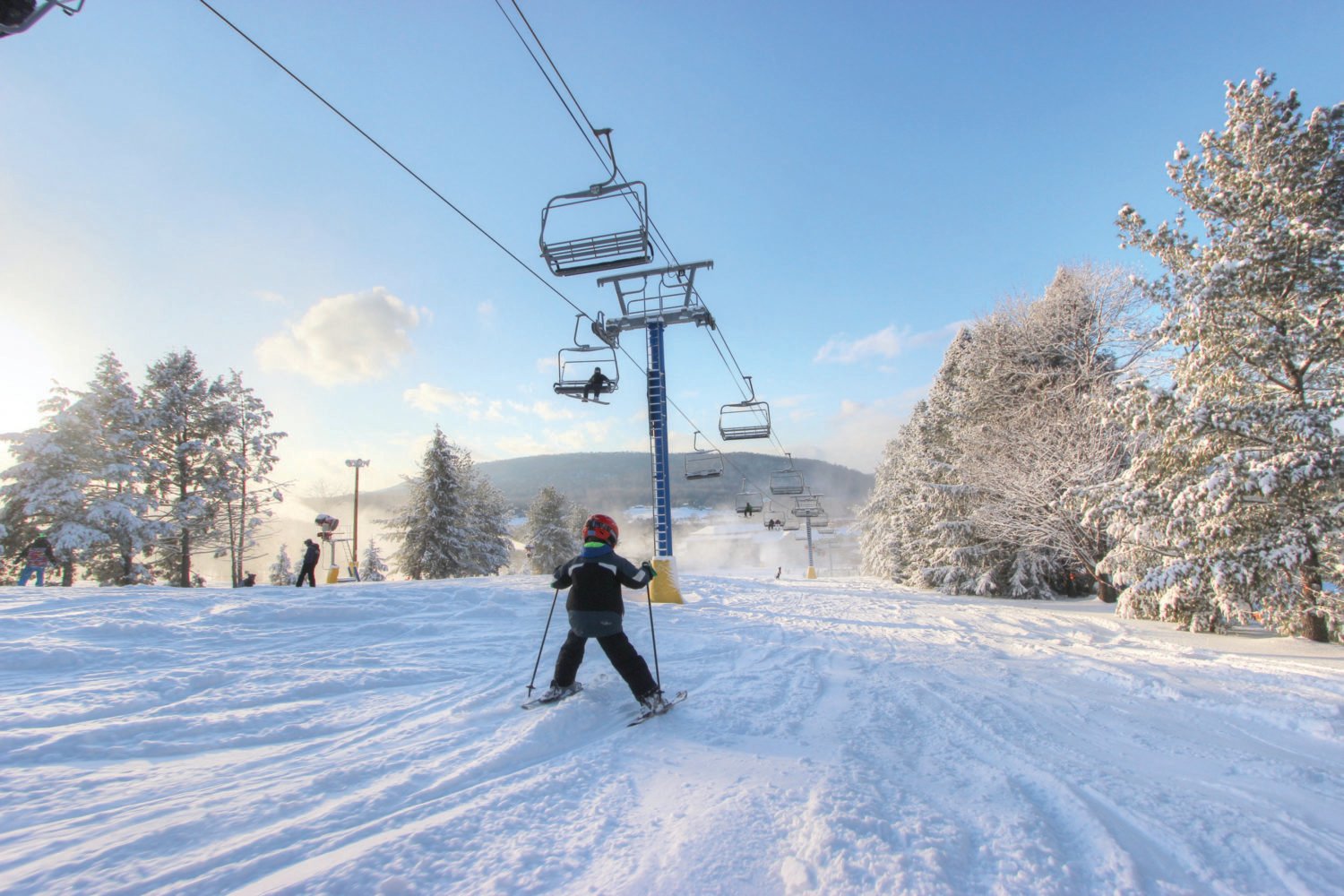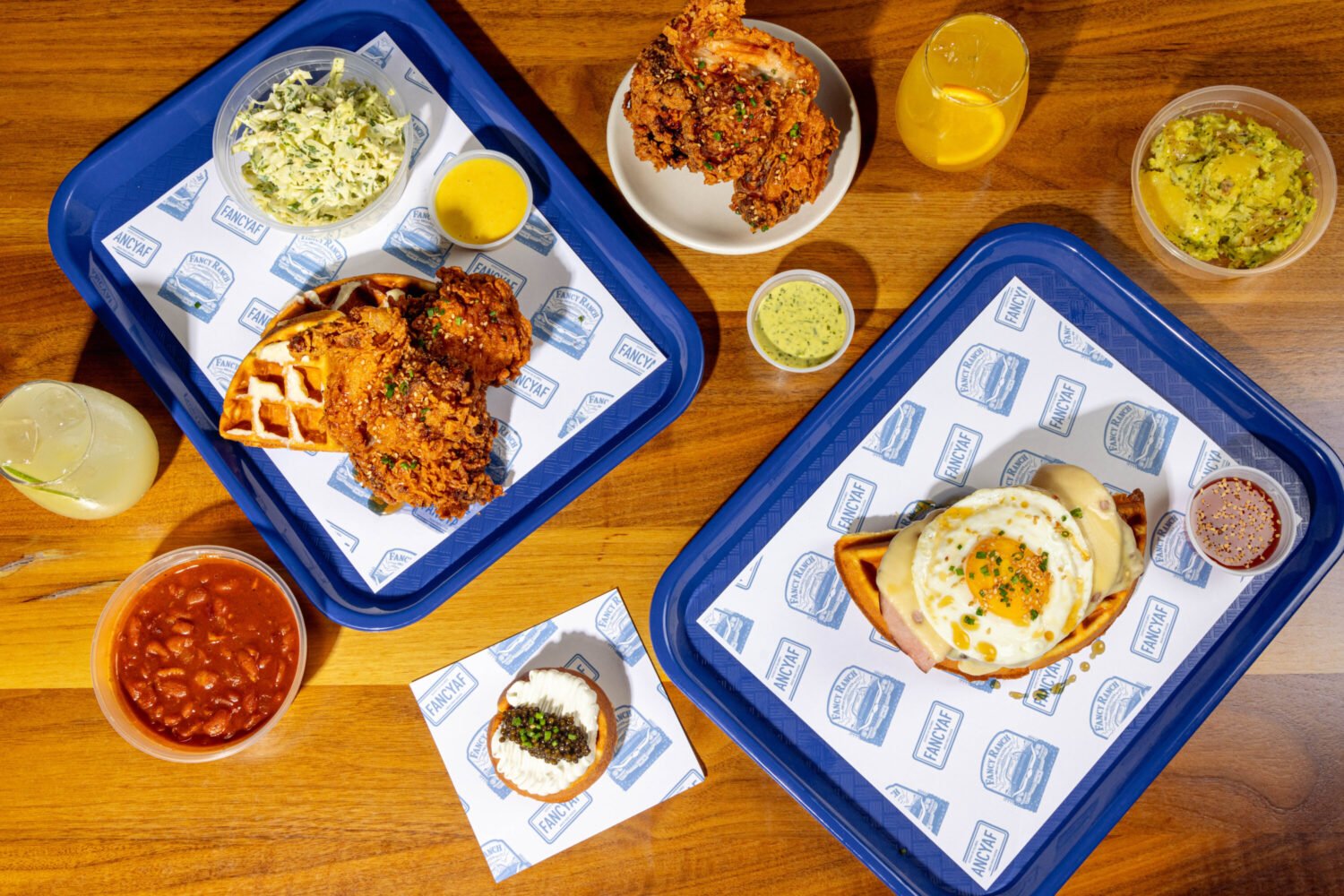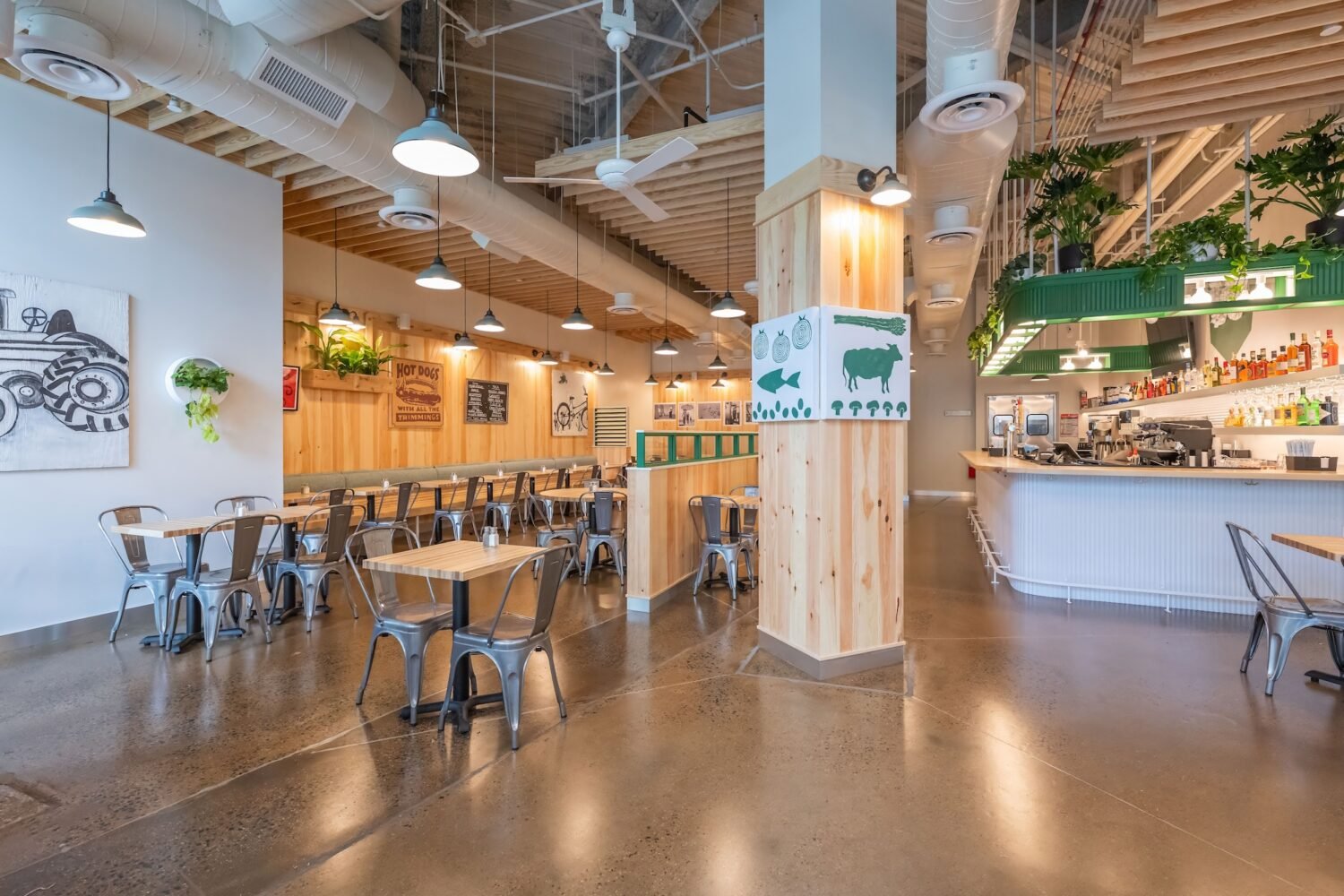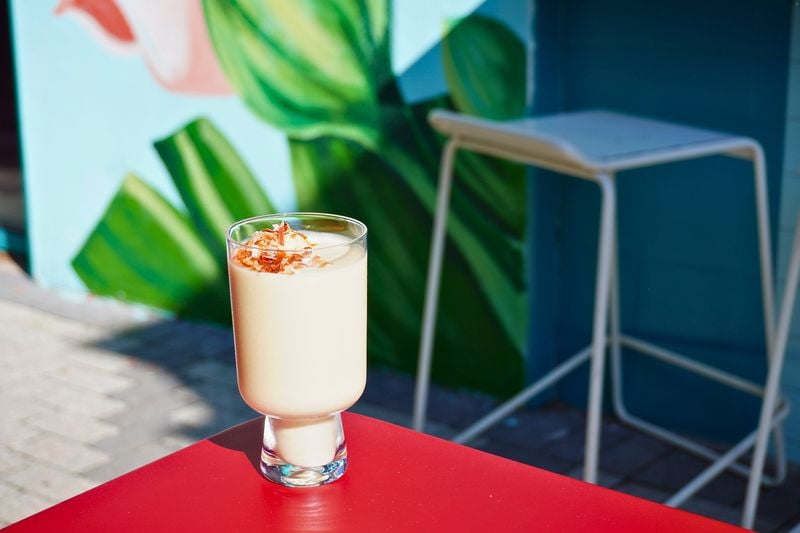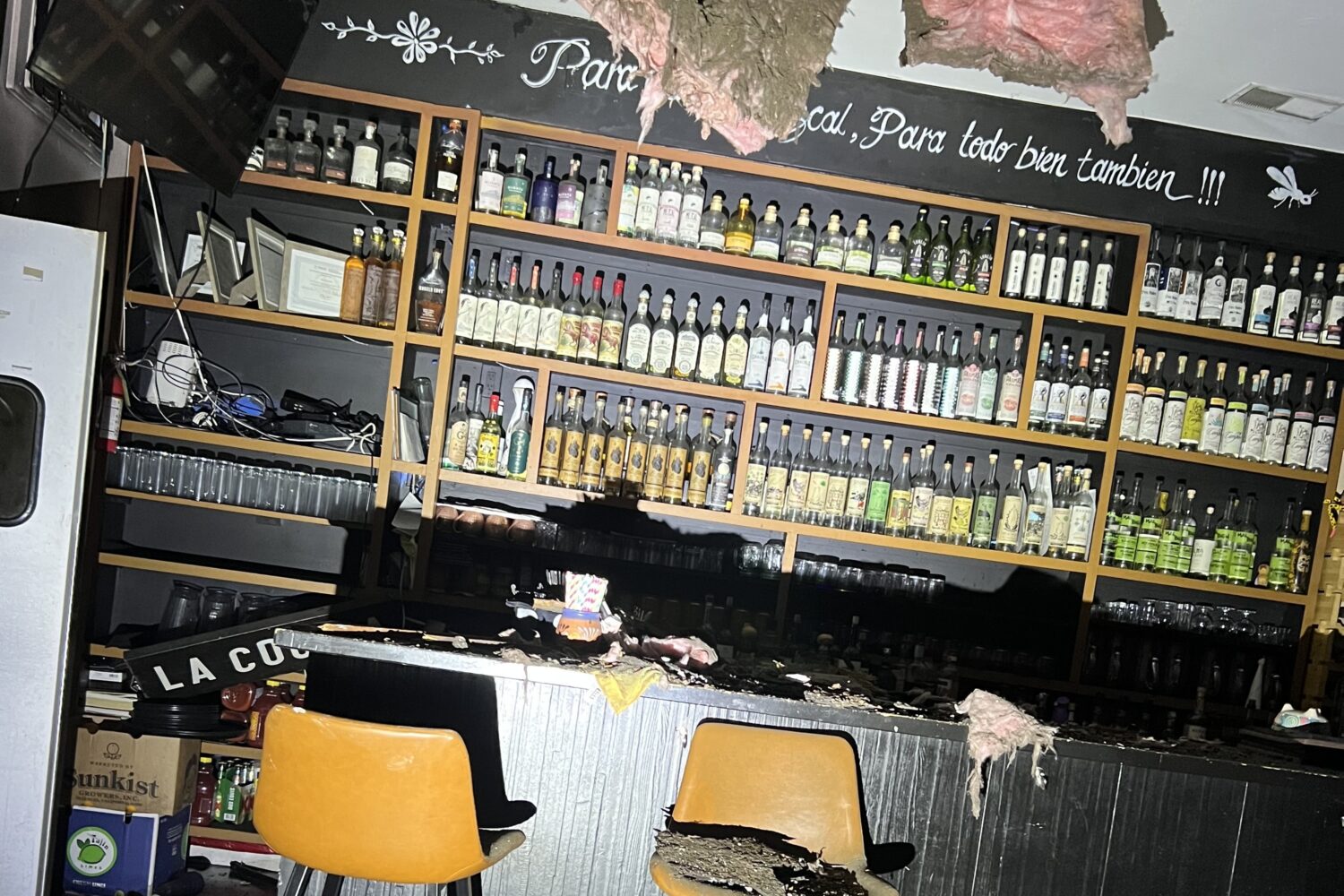About Coronavirus 2020
Washingtonian is keeping you up to date on the coronavirus around DC.
Winter is coming—and with it comes uncertainty about the fate of restaurants and bars that have gotten by in the pandemic with the help of outdoor service. Given all the uncertainties and national Covid-19 numbers on the rise, a growing number of DC business owners are opting to go into “hibernation” for a few months, with the hopes of reopening to a newer, warmer, and all-around better environment come spring.
Nightlife entrepreneurs Eric and Ian Hilton are planning to hit pause on the largest number of venues. The brothers announced in September that they’d close seven of their popular U Street and Logan Circle bars—including American Ice Company, The Brixton, Echo Park, The Gibson, Marvin, Players Club, and El Rey— on October 31 “for the foreseeable future.” Since then, Ian Hilton tells Washingtonian that they’ve decided to keep El Rey open after an “overwhelming” outpouring of support by the Mexican beer garden’s clientele. Plans to put the other nightspots into sleep mode are moving forward.
“We hope to reopen—that’s certainly my intention,” says Hilton. “I don’t want to speculate on how many will be permanent casualties. But there are so many different variables that can give us hope that in March or April there might be a literal thaw.”
Given the cost of staff and running kitchens—plus an understandably skittish customer base who may ebb and flow when Covid cases rise and temperatures drop—business owners say it’s a better economic gamble to temporarily close and hope for a spring boost. Even if venues have outdoor space, it’s exponentially more expensive to keep customers comfortable in winter than in summer—especially in a pandemic, when a bigger-than-ever demand for heaters, propane, and costly durable tents is driving prices through the roof. Business owners say the price of heaters (if you can find them) has jumped from the $140-range to around $350, and they estimate $30 to $40 per propane tank, per heater, per lunch or dinner service, just to start. Plus the days of clustering tables around heaters, or cozying up to strangers by fire pits, are over for now.
Hilton says the decision to keep El Rey open while pausing the others—all venues with outdoor space—partly had to do with the DC winter streetery grant, which awards businesses $6,000 to help cover the costs of warming and maintaining the outdoor areas. “I kind of just wanted to pick one and see if it could work,” says Hilton, whose empire also includes French restaurants Chez Billy Sud and others, Crimson in the Pod Hotel, and a pop-up cafe, Victura Park, at the Kennedy Center (all open). He says that “how lenient the landlord is being, helping us survive, that’s definitely something that’s involved.” At the same time, the Hiltons are also opting to pause businesses in buildings they own, including American Ice Co. Ultimately, he says, it came down to weather.
“The handwriting is very much on the wall—no matter how hard anyone works in the winter to create an outdoor space that’s comfortable, I don’t think people’s threshold for cold is anywhere what it is for hot,” says Hilton.
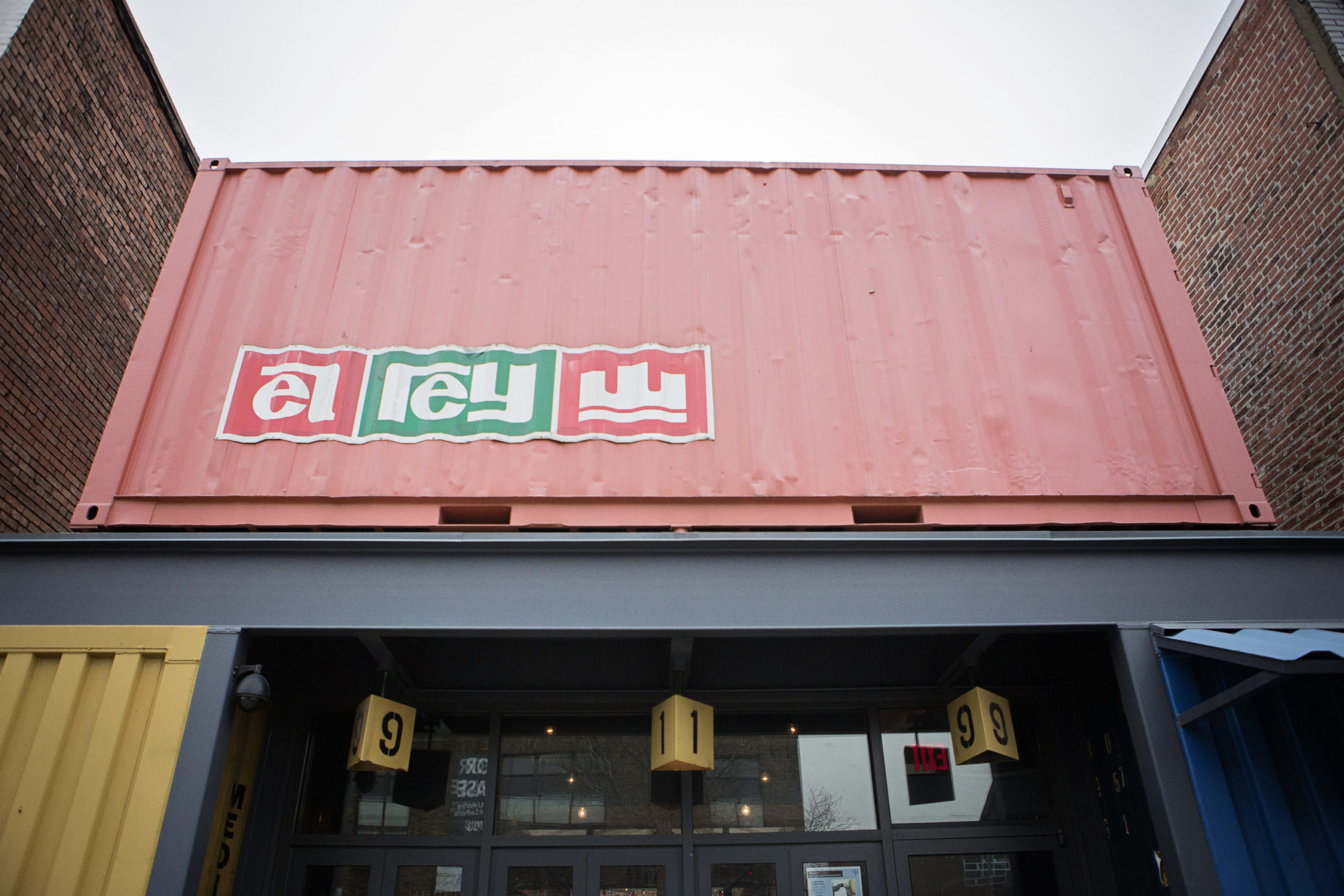
The current climate of hyper-uncertainty—weather, yes, but also the election, rising case numbers, and the potential (or not) for more local and Federal aid—are also a driving factors behind the hibernation. It isn’t just bars. In the past month, NoMa’s island-themed Coconut Club, fine dining stalwart Ristorante Tosca, Carving Room deli, and neighboring Shaw ventures Declaration pizzeria, and upscale Turkish/Mediterranean spot Hazel all announced they’re going dark for the darkest months.
Size and neighborhood activity—or lack thereof—play a big role. Declaration owner Alan Popovsky, who’s behind presidentially themed spots like Lincoln and Teddy & the Bully Bar, says he decided to hit pause on the Shaw location of Declaration this week. A second, bigger Navy Yard branch remains open.
“We felt like we were right on the cusp of being sustainable,” says Popovsky. Stimulus money that ran dry in early October also contributed to the decision. “Another main factor is the size—people aren’t going to be comfortable coming into smaller spaces with cases rising. And [Declaration’s] proximity to its [closed] sources of revenue—80 percent came from the 9:30 Club crowd and the Landmark theater.”
Popovsky says he’s working with his landlord, JBG Smith, to give restaurant rent relief so that he can close, revamp the concept, and hopefully debut with a new look and menu once there’s stimulus money available again.
“I’m going to go to them [JBG] and be honest: Who are you going to get in right now? It’s better to pause, revitalize, and reopen, then to maybe have a vacant space.”
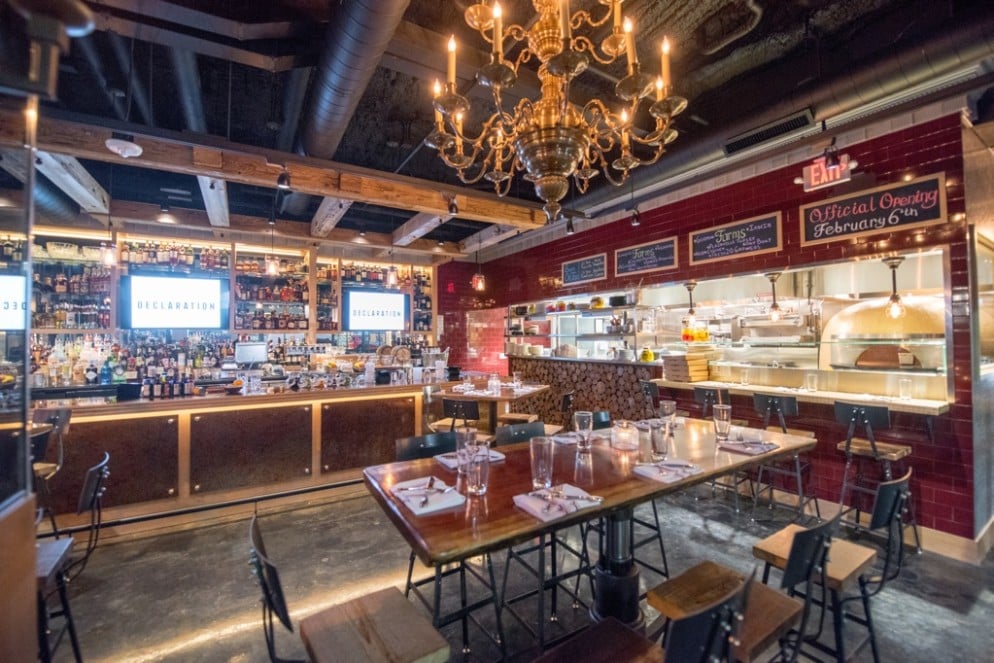
In Downtown DC, Ristorante Tosca owner Paolo Sacco reached a deal with the 20 year-old Italian restaurant’s landlord after bringing the business in-and-out of hibernation twice: once in July and most recently in October. Now, after renewing his lease, Sacco’s white tablecloth dining room is set for a full remodel to “lighten up” the space (tablecloths TBD) and revitalize the menu. With its base crowd of lawyers, lobbyists, and business lunchers on hold to return to their offices, Sacco wants to appeal to a broader and younger clientele.
“Tosca can never be a casual restaurant, but we’d like to make it finer dining with a little more of a vibe,” says Sacco, who plans to reopen, “God willing,” in March or April.
Downtown has been particularly hard-hit by the closure of museums and sports venues, and a drastic drop in tourists and office workers. José Andrés’s ThinkFoodGroup is keeping Peruvian restaurant China Chilcano in hibernation due to lack of outdoor space, but they’ve reopened most of their venues there with the help of streateries and/or patios, including Jaleo, Zaytinya, and Oyamel. Most recently they re-debuted modernist cocktail bar Barmini as a “test run” for the viability of reopening adjoining tasting room, Minibar, which has been dormant since March. But ThinkFoodGroup chief operating officer Eric Martino says there’s “no hard timeline” for the two Michelin-star restaurant’s activation.
“No one knows what this fall will bring for multiple reasons, and we want to let safety lead the way,” says Martino. “Even if we hit Phase 4 and 100-percent occupancy, we’ll still say we’ll wait and see. There’s so much involved in reactivating your team and ramping up business.”
Other business owners are feeling forced out of hibernation by the threat of closure. Sushi Taro temporarily closed in May. Even after reopening two months later for takeout, the 34 year-old Japanese dining room remains dormant. Chef/co-owner Nobu Yamazaki says they’re considering reopening the Dupont space in November. Even with popular takeout and delivery—including high-end kaiseki boxes and a new $1,600 at-home omakase service—he says they’re only doing 40 percent of their regular business.
“We are waiting until after the election, maybe the second week. We’re going to see which way the country is going to go. Either way it’ll be difficult. You see the numbers spiking all over the country and the world. But at this point we have to reopen to survive the winter.”
Meanwhile, casual beer gardens that one might assume would go dormant are planning to plow ahead—at least as long as their loyal outdoor following is willing to sip a porter or hot drink under a heat lamp. Dacha beer garden in Shaw and Navy Yard, NoMA’s Wunder Garten, and Garden District on 14th Street all have plans to run through the cold weather. In Park View, Hook Hall will transform into a wintertime viking village complete with roaring fires, smoked meats, and mead. Even Shaw’s new all-outdoor frozen drink bar, Electric Cool-Aid, is hoping to weather the weather with open-sided tents, heaters, and a mix of hot and seasonal cold drinks—though owner co-owner Angela DelBrocco says “January and February are going to be touch-and-go months and we’re going to play it by ear.”
For his part, Hilton says he wants to send a clear message by pausing his businesses.
“It’s all part of the illusion—it needs to be clear to everybody, if you see a bunch of people on a winter patio when it’s 55 degrees out, we’re still struggling. The appearance—people think things aren’t so bad. It’s dire. It’s really bad.”

